Authentication Systems ensure secure access to digital resources, protecting sensitive information and maintaining data integrity. These systems minimize unauthorized access and cyber threats.
They manage and verify user's credentials through different methods like passwords, biometrics, and tokens. Advanced solutions integrate with multiple platforms, offering single sign-on capabilities for ease of use. Continuous innovation in authentication is crucial for adapting to emerging threats and maintaining security standards.
What are critical features of Authentication Systems?In the healthcare industry, Authentication Systems are used to ensure that only authorized medical personnel have access to patient records, adhering to strict privacy regulations. Financial sectors implement robust authentication to protect account information and prevent fraud, requiring multi-factor verification for transaction approval.
These systems provide organizations with the necessary tools to secure digital environments efficiently, adjusting to the changing landscape of cybersecurity threats and user demands.

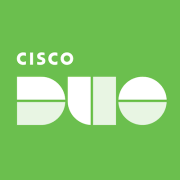






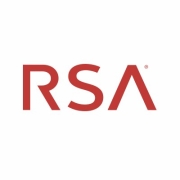
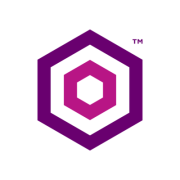
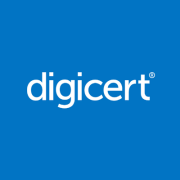


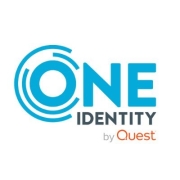


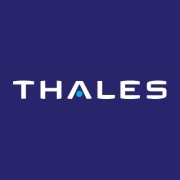






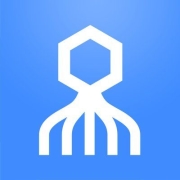
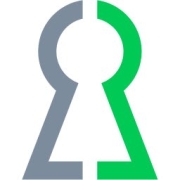










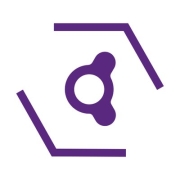
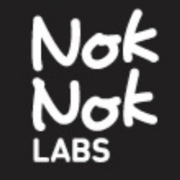












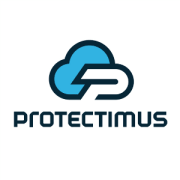
















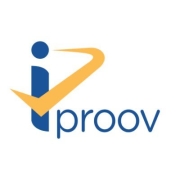










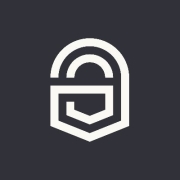
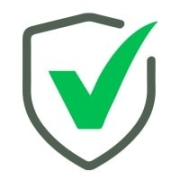








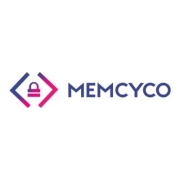
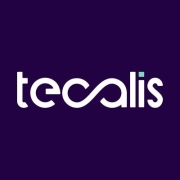










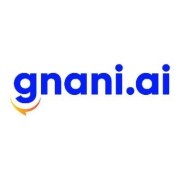













There are 5 primary types of authentication factors that authentication systems typically employ.
1. Password-based authentication: This is usually the first type of authentication that users will employ, regardless of whether or not another factor or factors are being used in tandem to secure their system. Passwords are the most common type of authentication. These can consist of any combination of letters, numbers, or special characters. When a user logs on, they are asked to enter the password that they created for themselves or were assigned. If the password that they enter is recognized, then the user is granted access to the system that they are attempting to access.
2. Biometric marker authentication: This form of authentication is based on any one of a number of unique biological markers offered by the user. This form of authentication can use voice prints, facial recognition, retinal scans, and fingerprint scans. Biometric marker authentication is commonly used by anyone from ordinary consumers and private corporations to government installations and the military. It is a method of authentication that is becoming more popular. In order to gain entry to the system, users allow the authentication software in question to scan the biological marker that the software has archived. If the sample that the user offers matches the stored biological signature, then access is granted.
3. Certificate-based authentication: This method of authentication borrows an idea from the world of analog and transposes it into the digital world. Certificate-based authentication works on the idea that every person has identity documents that verify their identities for authorities in the real-world. Users are assigned virtual documents that are designed to digitally verify their identities. These documents contain digital signatures, the identity of a legitimate certificate issuing authority, and a public key. Any time that user attempts to log in, they must first provide a copy of their digital certificate. Access is granted if the details of the provided certificate are trusted by the authentication software.
4. Short message service (SMS) or one-time password (OTP)-based authentication: This method of authentication requires users to enter a randomly created code that is only usable once. This code is generated when users attempt to access the protected system. The randomly generated key is sent either to the user’s phone or email account. If the user in question enters the code that was sent to either a phone number or an associated account that is connected with their identity, then they are granted entry.
5. Security question-based authentication: This method of authentication requires users to answer one or more questions when they are setting up their system accounts. The answers that they give are stored within the system as the user’s identification keys. When they attempt to enter the system in the future, users will be confronted by one or more of the questions that they had previously answered. They will be allowed access to the system if the answers they provide are the same as the answers that were previously stored within the system.
Every method of authentication has benefits and drawbacks. In order to determine the method that is the most secure, one must do a cost-benefit-analysis.
1. Password-based authentication: This method is simple for users to use. All you need to enter is your password and you are done. It is also not very expensive to use. While this is a good thing from a usability perspective, passwords do suffer from a critical security flaw. They are rarely changed between accounts. Forty-six percent of the time, people use the same passwords for all of their accounts. This makes them highly vulnerable to phishing attacks and hacking. If one website is compromised, then the others are as well.
2. Biometric marker authentication: This method is nearly impossible for someone to spoof, as no two people have the same biological markers and therefore every user’s biometrics are unique. It is also simple for users to use, as everything that they need is already a part of them. However, this can be a costly system for organizations to set up.
3. Certificate-based authentication: This form of authentication ensures privacy. The digital certificates keep your data away from bad actors. Additionally, users don’t have to be concerned about the cost, as the servers used for this method are on the cheaper side. However, the companies that are charged with producing the digital certificates are often targeted by hackers who attempt to manipulate the certificates that they produce.
4. Short message service (SMS) or one-time password (OTP)-based authentication: This is a very simple method for users to employ. All that you have to do is attempt to log in and then enter the code that you receive. It is also very useful for spotting suspicious activity. If the user keeps trying to log in without entering the code, they likely do not belong there. A major issue with this method is that it is not quite safe from fraud. If a bad actor acquires a user’s phone or hacks their email, they will have full access to the system.
5. Security question-based authentication. This is also fairly easy for users to use. All a user has to do is remember their answer and type it in when the question appears on their screen. The cost of using this method is also pretty cheap. The servers required to create this security measure are not particularly expensive. Security questions do have a fatal flaw. The answers to security questions are usually easy for hackers to find online or guess. This makes them extremely insecure.
When all of the methods of authentication are compared, the biometric method seems to be the best. It is both the hardest to hack and also arguably the easiest for users to implement.
The authentication process has two main steps:
1. Identification. In this step, users enter their identification into the system for it to identify the user. This can take the form of a username and password, for example.
2. Central authentication. During this step, the user enters a credential that only the authenticated user should know or be able to present. This might take the form of a biometric marker, for example. This second piece of information enables the system to authenticate the identity of the person who is trying to gain access to the system.
Single Sign-On (SSO) enhances user experience by allowing users to access multiple applications with a single set of credentials. This reduces password fatigue, minimizes login time, and increases productivity. By streamlining the authentication process, SSO helps maintain a seamless workflow, encouraging users to focus on tasks rather than managing different passwords. Implementing SSO can also improve security by reducing the number of potential entry points for attackers.
What role does Multi-Factor Authentication (MFA) play in securing Authentication Systems?Multi-Factor Authentication (MFA) significantly strengthens Authentication Systems by requiring multiple forms of verification before granting access. This typically involves something you know (a password), something you have (a smartphone or hardware token), or something you are (biometrics). By adding these extra layers of security, MFA drastically reduces the risk of unauthorized access, even if one of the factors becomes compromised. Implementing MFA is a crucial step in protecting sensitive information and minimizing security breaches.
How does biometric authentication work in modern Authentication Systems?Biometric authentication uses unique physical characteristics like fingerprints, facial recognition, or voice patterns to verify identity. In modern Authentication Systems, these biometric methods are embedded into devices, making access control faster and more secure. Biometric data is inherently more difficult to replicate than passwords, providing a robust defense against common security threats. However, it's important to ensure that biometric data is stored and transmitted securely to protect user privacy.
What is the importance of adaptive authentication in Authentication Systems?Adaptive authentication enhances security by evaluating risk factors during the authentication process. It analyzes user behavior, device type, location, and other context-based elements to determine the level of authentication required. This method balances security and user convenience by applying stricter measures only when necessary. By adapting to different situations, it helps prevent unauthorized access while maintaining a user-friendly experience, especially in sensitive environments.
How do Authentication Systems integrate with cloud services?Authentication Systems integrate with cloud services through protocols like SAML, OAuth, and OpenID Connect. These protocols enable secure, standardized communication between applications and cloud platforms, allowing users to access resources seamlessly across environments. By utilizing these protocols, organizations can extend their Authentication Systems to include cloud services, ensuring consistent security policies and user experiences across on-premises and cloud-based applications. This integration is critical in the era of increasing cloud adoption and hybrid environments.